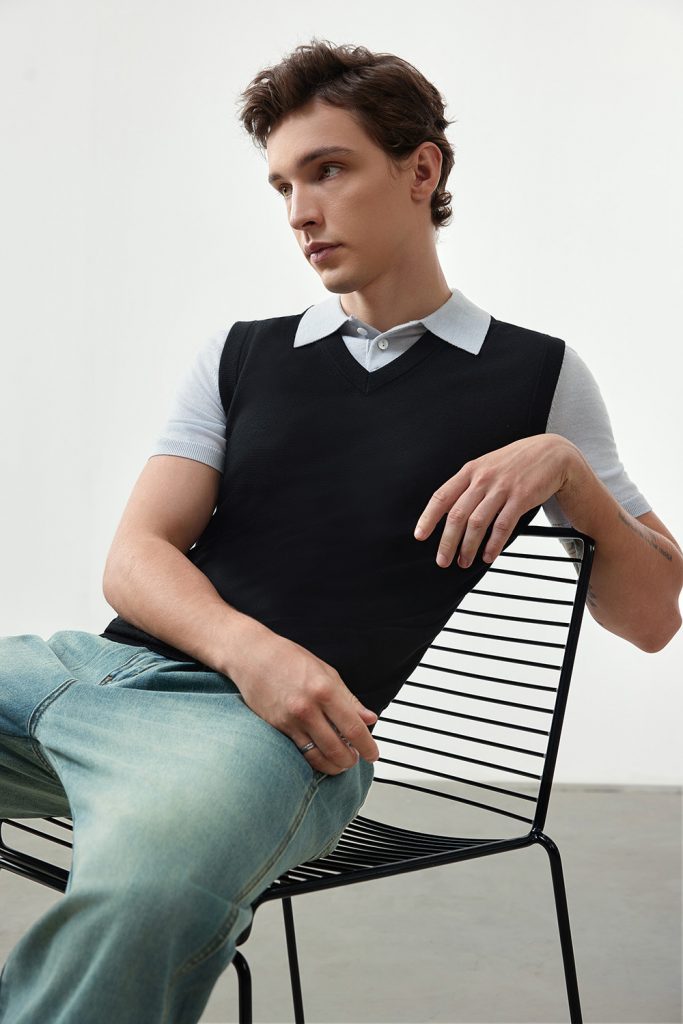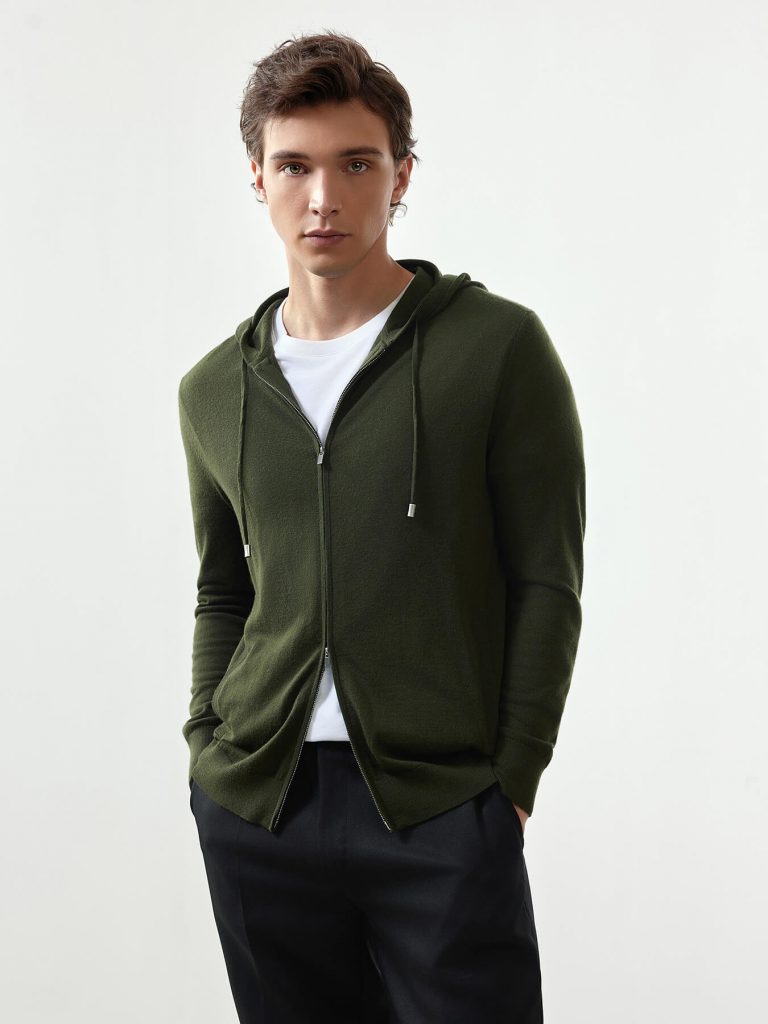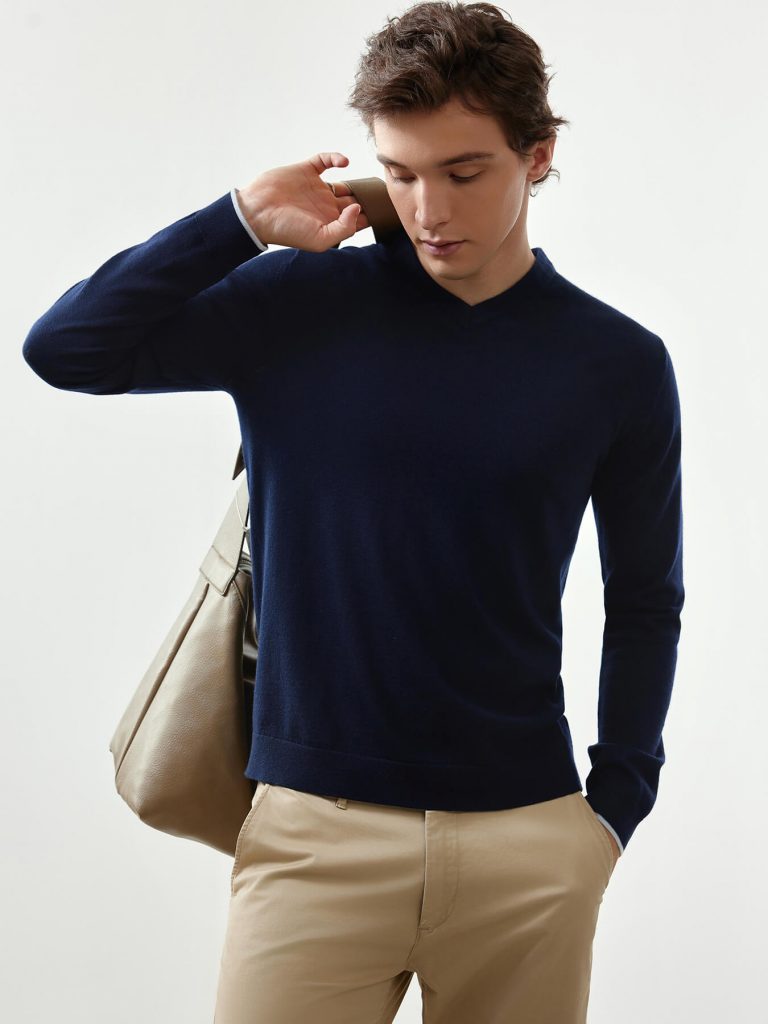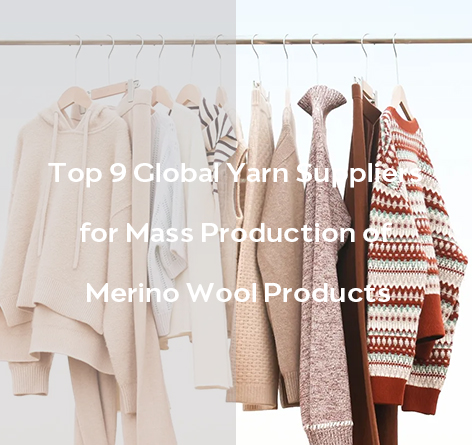Knit sweaters are integral to a versatile wardrobe; they combine comfort, warmth, and fashion. This guide will assist you in understanding the different types of knit sweaters, comprehending their composition, and selecting the appropriate sweater for your body type.
I. Understanding Different Kinds of Knitted Sweaters
1. Different Kinds of Knitted Sweaters
(1) Crew Neck and V-Neck
-
- Crew Neck:
The traditional crew neck sweater is spherical; it attaches to the base of the neck and has a round, close-fitting neckline. It’s a versatile style that is effective in combination with jackets and over-shirts. Ideal for casual occasions and can be dressed up or down according to the outfit.
Practical Tip: Crew neck sweaters are ideal for combining with collared shirts. For a more polished appearance, make sure the collar is exposed.
-
- V-Neck:
This style has a V-shaped neckline that extends the neck and possesses a little more sophistication. It’s appropriate for both casual and formal occasions and complements well with dress shirts or ties beneath.
Practical Tip: Select a V-neck sweater when you want to enhance the visual appeal of your outfit or create a more dramatic appearance.
(2) Cardigans and Pullovers
-
- Cardigans:
These sweaters have a button-down front that can be used in multiple styles. You can wear them both open and closed, which makes them versatile in regards to layering and temperature adaptation.
Practical Tip: Utilize cardigans to augment a layer of warmth without overheating. They’re wonderful for the transitional period and can be dressed up or down.
- Pullovers:
A pullover sweater that extends past the head is typically without fastenings. It’s designed to look smooth and seamless and is ideal for temperatures that are colder, as it typically offers a greater degree of warmth.
Practical Tip: Pullovers are beneficial for overcoating jackets or jackets. They can have a more direct and provide a comfortable, snug fit.
(3) Turtlenecks and Mock necks
-
- Turtlenecks:
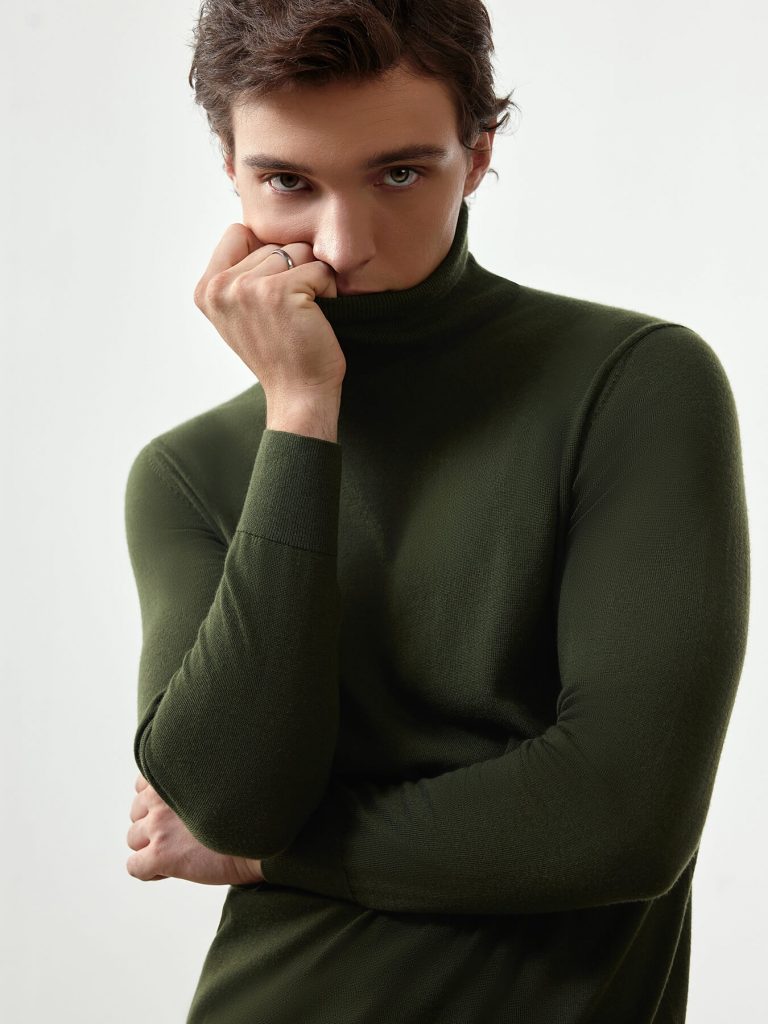
These sweaters have a high, close-to-the-neck collar that folds over. This offers great insulation and warmth. They’re appropriate for temperate climates and can be paired with blazers or simply worn alone.
Practical Tip: Combine a turtleneck with a blazer or over-shirt for additional warmth and fashion. They’re ideal for the winter season.
-
- Mock Necks:
A turtleneck-like collar is shorter than a regular neck sweater. It’s beneficial for providing some neck protection without taking up too much space; it’s also ideal for transitional seasons.
Practical Tip: Minced necks are beneficial for stacking under jackets and providing a less constricting alternative to turtlenecks.
2. Knitted patterns
- Cable Knit

Characteristics: This style involves twisting and braiding stitches in order to create a textured, elevated effect. It increases the visual and tactile interest of the sweater, and is typically associated with warmth and longevity.
Practical Tip: Cable-knit sweaters are durable and appropriate for cooler climates. They perform effectively in casual, everyday attire.
- Rib Stitch
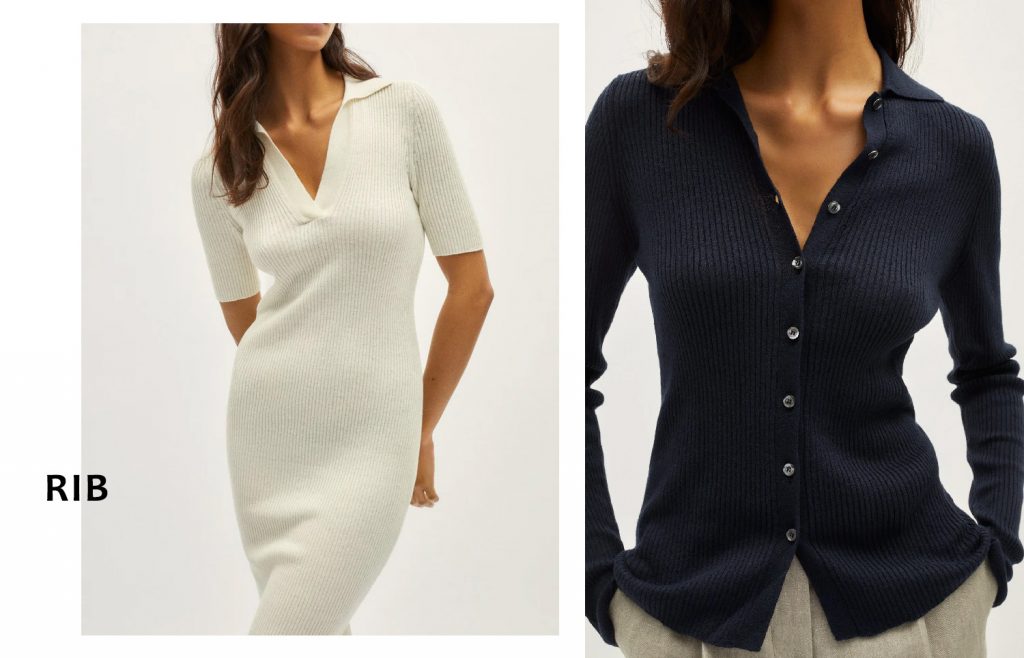
Characteristics: Ribbed patterns are made up of alternated stitch types, which create a series of raised lines. This pattern promotes flexibility and a tight fit, which is ideal for layered patterns.
Practical Tip: Ribbed knitted sweaters are well suited to your body’s shape and provide a comfortable fit. Additionally, they are ideal for everyday wear.
- Garter’s stitch

Characteristics: Every row is composed of a single stitch, which results in a rough, textured surface. It’s flexible and provides a casual style.
Practical Tip: Garter stitch sweaters are inviting and comfortable, and they are ideal for spending time or on casual occasions.
3. Materials and Their Effects
- Wool
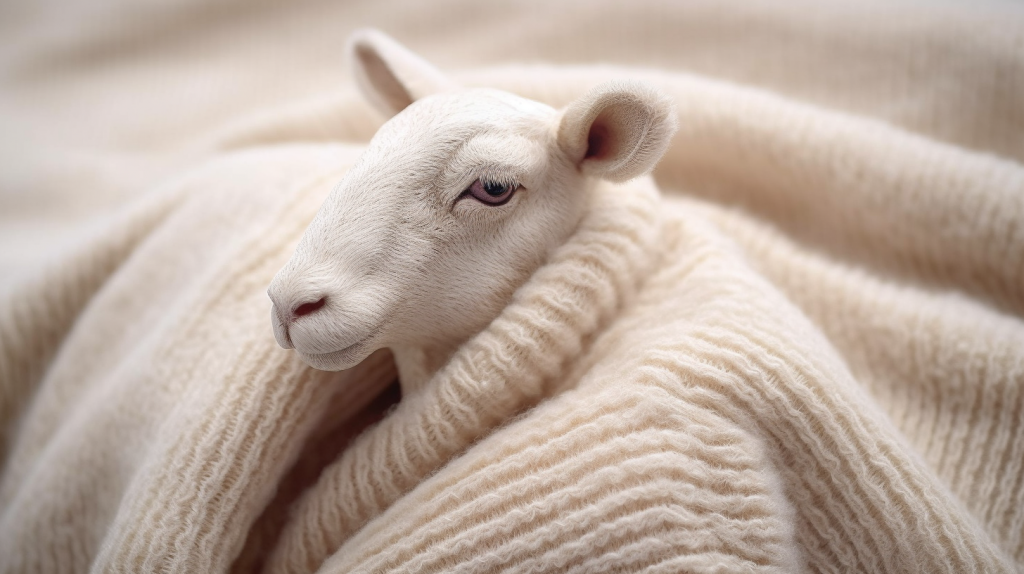
Benefits: Wool is renowned for its natural insulation properties, which will keep you warm while also allowing moisture to evaporate. It’s beneficial for both the cold and warm climate, and maintains its form well.
Practical Tip: Select wool sweaters for use in the winter and outdoors. They are long-lasting and inherently resistant to smells.
- Cotton

Benefits: Cotton is lightweight and allows air to flow through it, which is ideal for warmer months and layering. It’s simple to take care of and maintain its original shape after cleaning.
Practical Tip: Cotton sweaters are practical for everyday wear. They’re beneficial for layered use in transitional seasons or alone in more mild climates.
- Cashmere
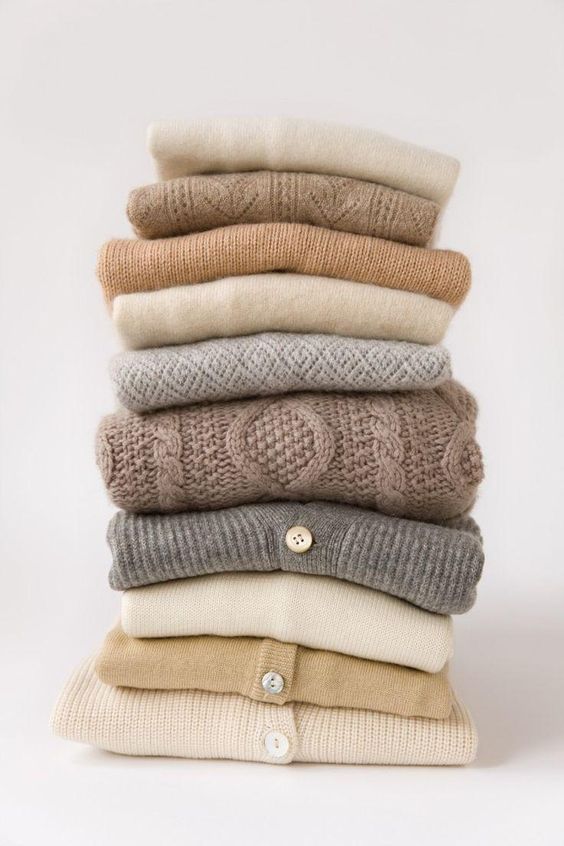
Benefits: Cashmere is exceptionally luxurious, soft, and warm. It’s a superior material that is delicate to care for but provides a remarkable amount of comfort and style.
Practical Tip: Purchase cashmere for special occasions or to imbue your wardrobe with a little more of luxury. Be ready for mild cleaning and proper storage.
- Blends
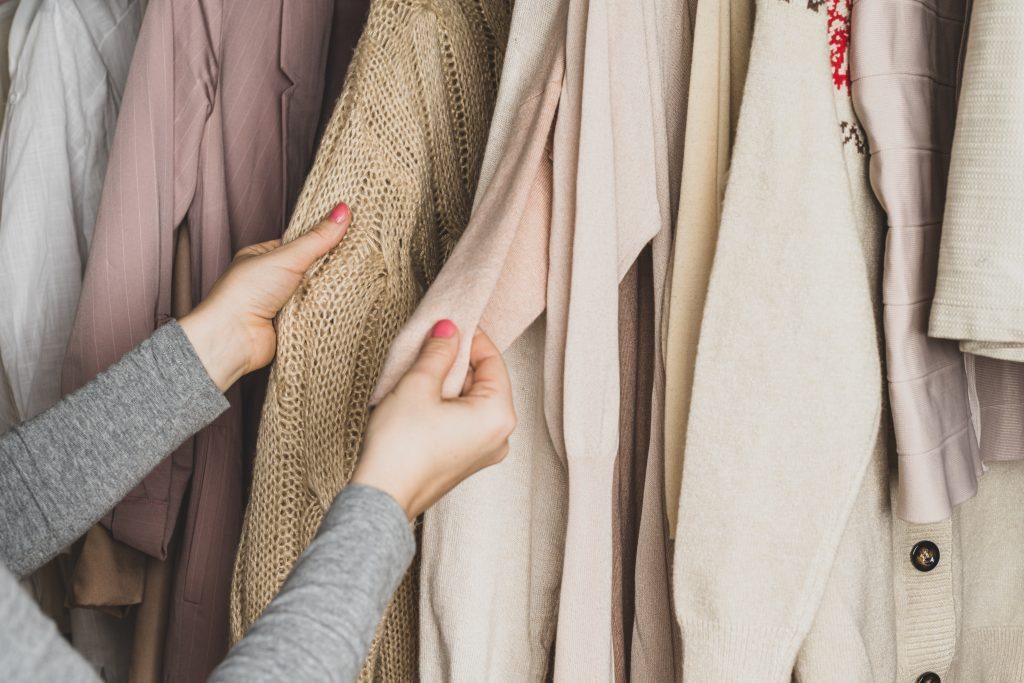
Benefits: Blended fabrics’ composition combines different fibers in order to improve functionality. They may provide the comfort of wool and the softness of cotton or the stretch of synthetic fibers.
Practical Tip: Look for combinations that balance cost and performance. They can provide the most beneficial properties of multiple fibers at a more budget-friendly price.
II. Selecting the Right Sweater for Your Body Type
1. Body Types and the appropriate type of sweater
- Slim build
Recommended: Slim-fit sweaters that enhance your shape without being too constricted. Crew necks and V-necks that are close to the body are beneficial.
Practical Tip: Fitted sweaters aided in highlighting your natural shape. Look for styles that have a slight slope to avoid overzealous fabric consumption.
- Athletic Appearance
Recommended: Sweaters that have a bit of stretch or a looser fit that will allow for a larger torso and chest. Select designs that have room without being overly baggy.
Practical Tip: Select sweaters with raglan sleeves or stretchy fabric that will allow movement without being constricted.
- Plus-Size Design
Recommended: Sweaters that are relaxed in design and provide comfort. V-necks and cardigans have a flattering profile without adding weight.
Practical Tip: Avoid excessive or under-due tightness. A proper fit will provide both comfort and style while not being constrictive.
2. Fit and Cut Considerations
Tailored vs. Loose Fit
- Tailored Fit:
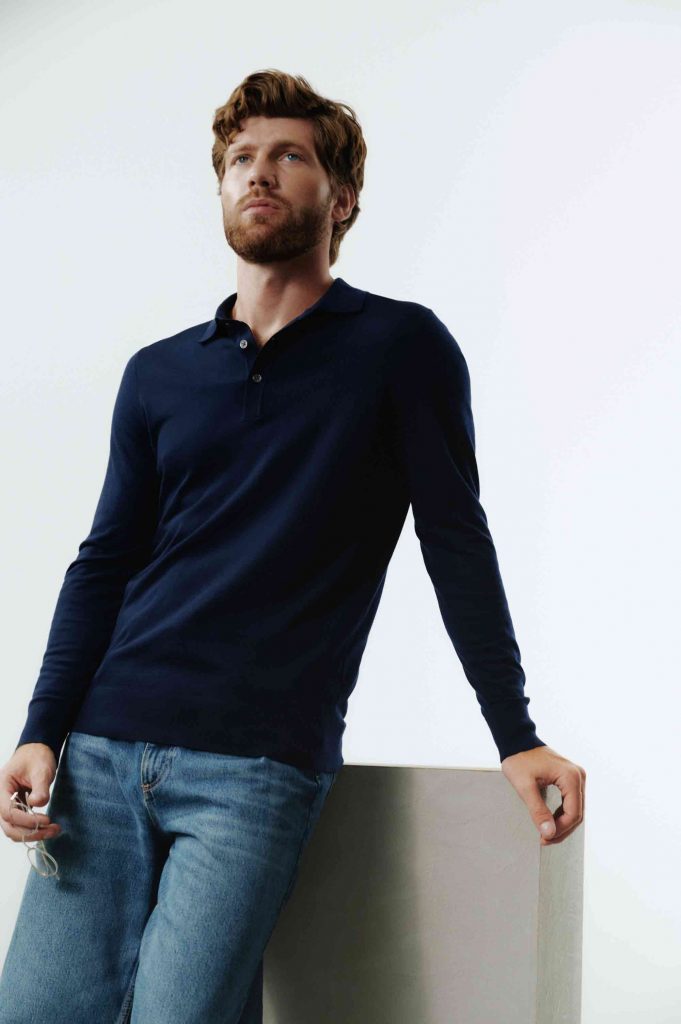
Appearance that is both refined and professional, ideal for formal or formal wear. Customized sweaters enhance your profile and provide a smooth appearance.
Practical Tip: Customized sweaters are beneficial for business casual wear. Ensure the fit is both snug and loose, allowing for simple movement.
- Loose Fit:

Provides a simple, everyday style that is comfortable. Loose-fit sweaters are beneficial for layered wear and provide the most comfort.
Practical Tip: Select loose-fitting sweaters that are comfortable and easy to wear. Ensure that they’re not so bulky that they overwhelm your frame.
3. Length and Proportions
Considerations: The sweater should be appropriate at the shoulder and have sufficient coverage over the torso. The ideal length is generally located around the waist or just below it.
Practical Tip: Tailor the length of your sweater to your body type and personal preferences. A sweater that is too short may become elevated, while one that is too long may increase volume.
4. Proportions of balancing
- Techniques of Layering
Effective layering: Combine different materials and lengths in order to create a harmonious appearance. The practice of layering with sweaters increases the volume and versatility of your attire.
Practical Tip: When layering, make sure the sweater is of the appropriate weight for the other layers. Avoiding overabundance of substance to maintain a linear appearance.
Tucking and styling
Tucking Styles: Attempt the partial or full tucking of sweaters into pants or jeans. This method can accurately describe your waist and produce a more formal appearance.
Practical Tip: Tucking can help enhance the silhouette of your outfit. Select a shirt that enhances the shape of your body and the overall style of your attire.
Selecting the appropriate knit sweater is dependent on understanding the various styles, materials, and configurations available. From the traditional crew neck to the luxurious cashmere, each type of sweater has a unique function and offers different ways to style. By taking into account your body type and the practical aspects of different materials, you can choose a sweater that not only improves your Wardrobe but also supports your lifestyle.
In Part 2, we will discuss the various methods of achieving a style of knitted sweaters that are appropriate for various situations and recommended methods of maintaining the sweaters in order to ensure long-term comfort and style. Whether you’re in search of advice regarding accessorizing or want to learn how to take care of your cherished sweaters, Part 2 will provide you with important information and practical advice.
Keep track of us as we proceed through this method and discuss the fundamental principles of fashion and care for your knitted sweaters. Click here to read Part 2 and learn the secret to mastering the art of knitwear!



